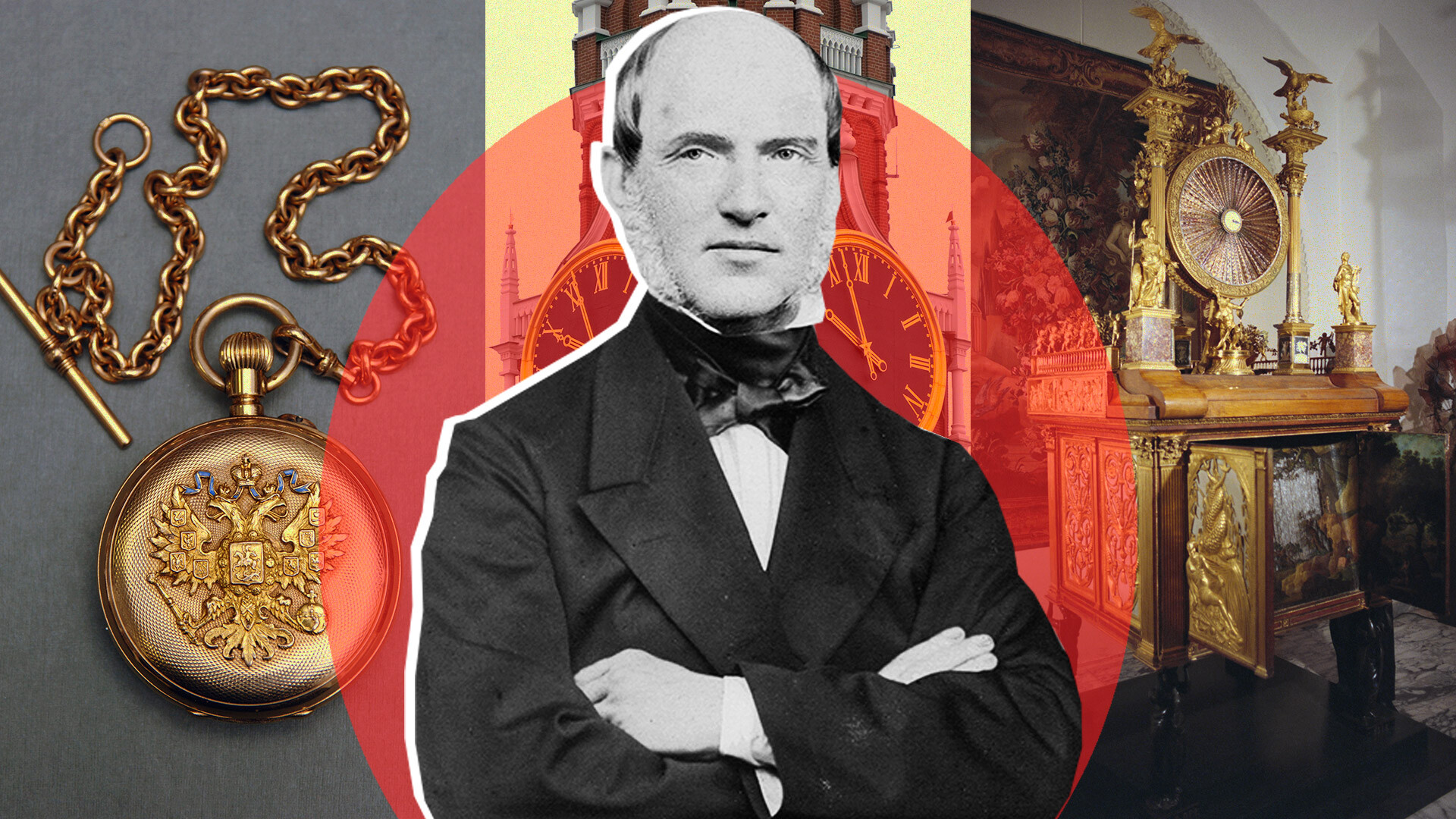
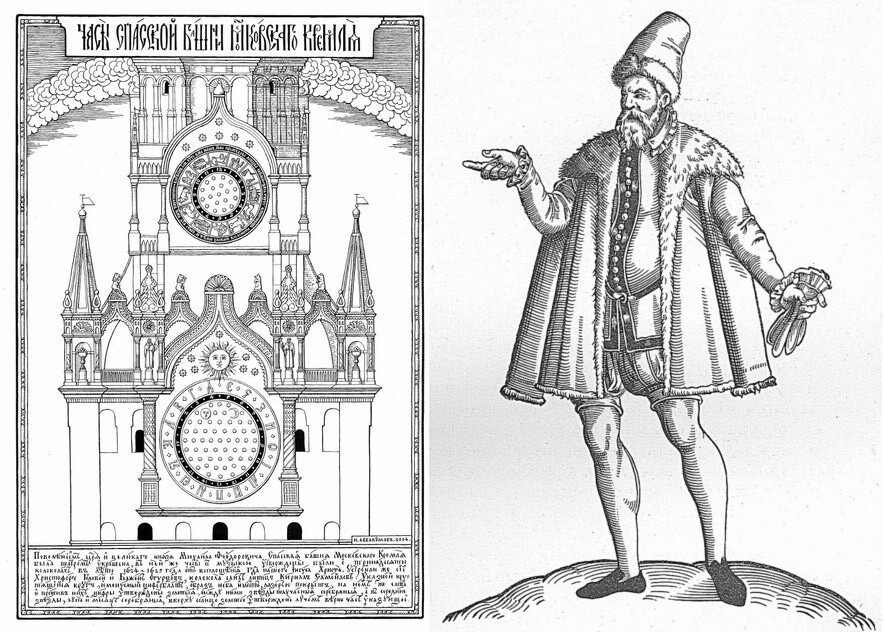
Scotsman Christopher Galloway, who arrived at Michael I’s court in 1624 by order of King James, built a new clock for the Spasskaya Tower of the Moscow Kremlin. The clock face, made of oak planks covered with azure paint, moved, showing both day and night time and marking every hour with the ring of its bells.
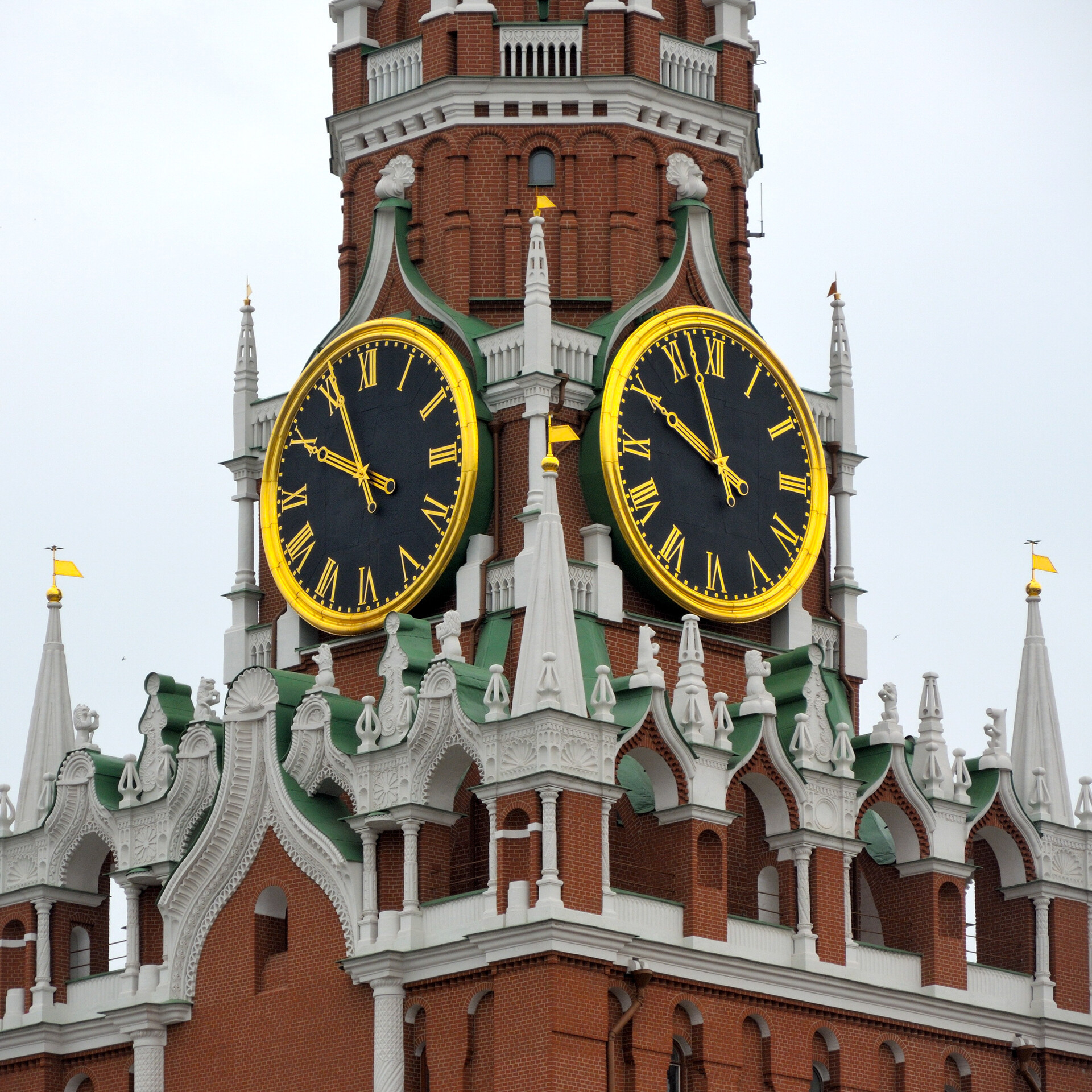
For his work, the court clockmaker received various cuts of fabrics, sable and marten pelts, as well as a silver goblet; in total, his pay amounted to quite a decent sum for the time – 100 rubles. In 1851, Moscow clockmakers, brothers Ivan and Nikolai Butenop, renovated the Spassky chimes – replacing all its cogs and installing a new clock face with golden numbers and clock hands. The Kremlin bells began playing the chimes’ music.
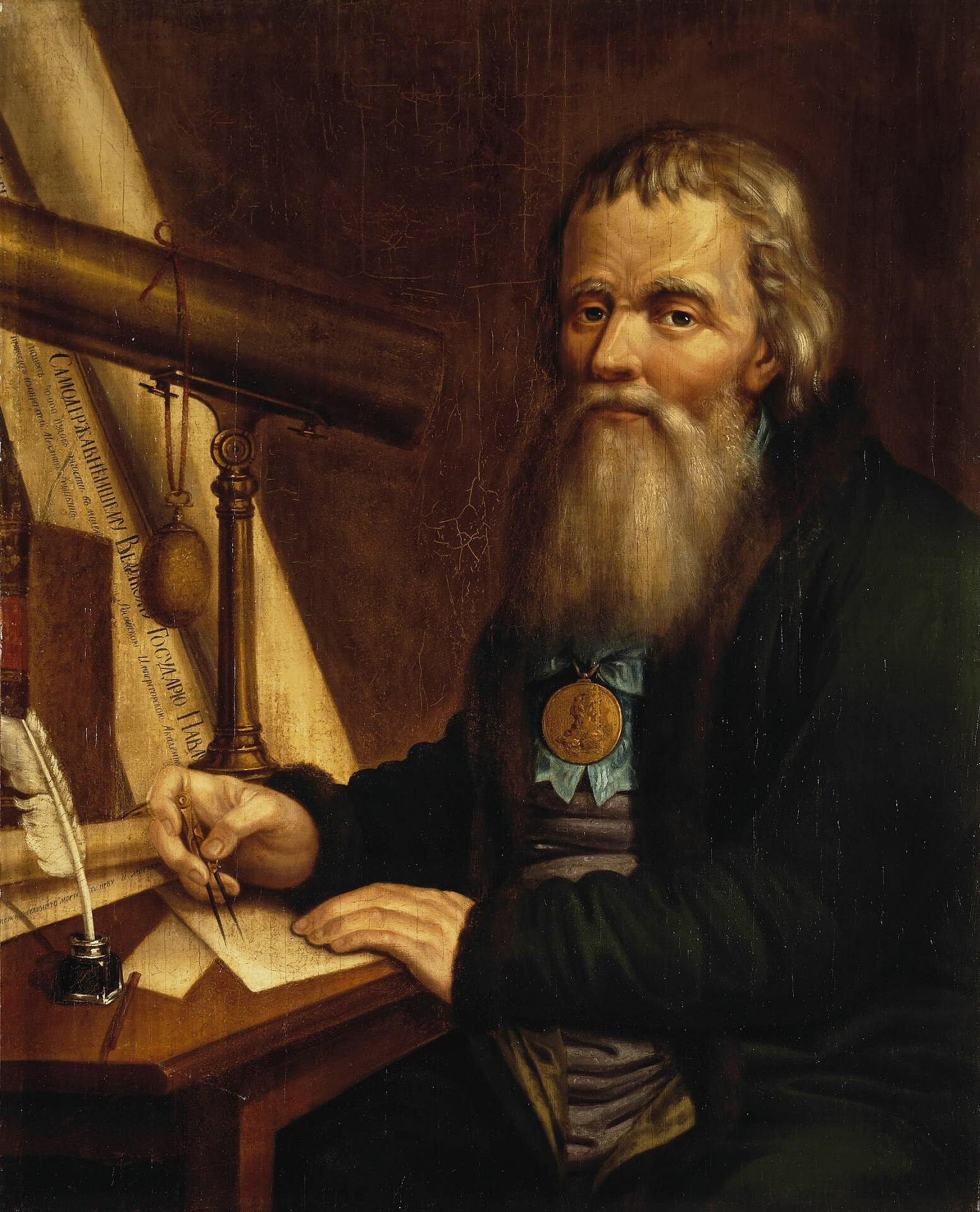
Nizhni Novgorod inventor Ivan Kulibin literally owed his acquaintance with Catherine the Great to clocks. In 1767, he created an unusual mechanism in the shape of an egg for her. His work was so painstaking that it required new types of tools; Kulibin then constructed a microscope of his own design.
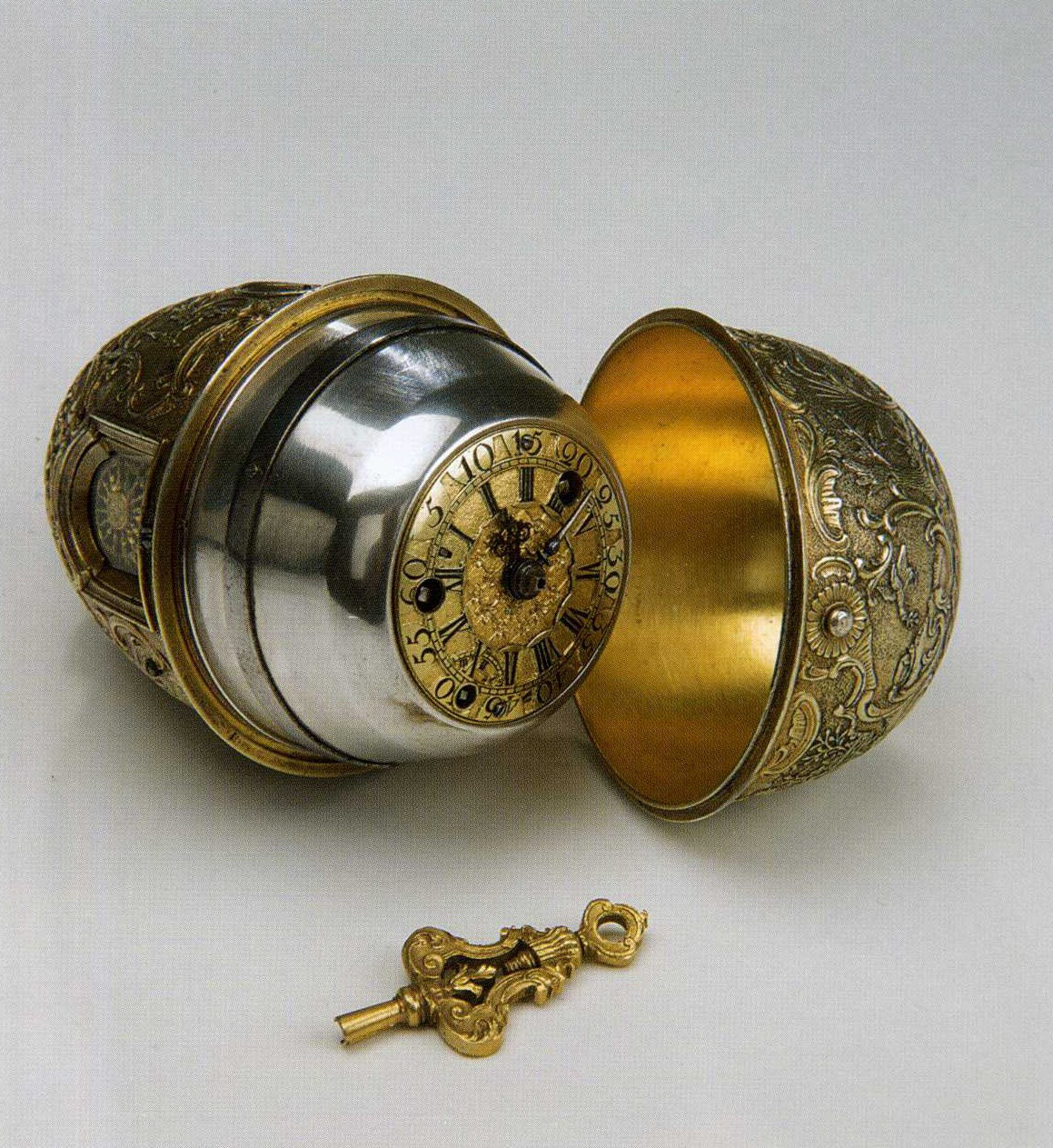
The resulting chronometer from silver with gilding was no bigger than a goose’s egg. Each hour, tiny doors opened in it, the figurines of an angel and the Myrrhbearers that came to the tomb of Christ began to move and a melody played, written by Kulibin himself, for the arrival of the Empress to Nizhny Novgorod. Catherine the Great was so delighted with the present that she appointed the talented inventor as the head of the mechanical workshops at the Academy of Sciences.
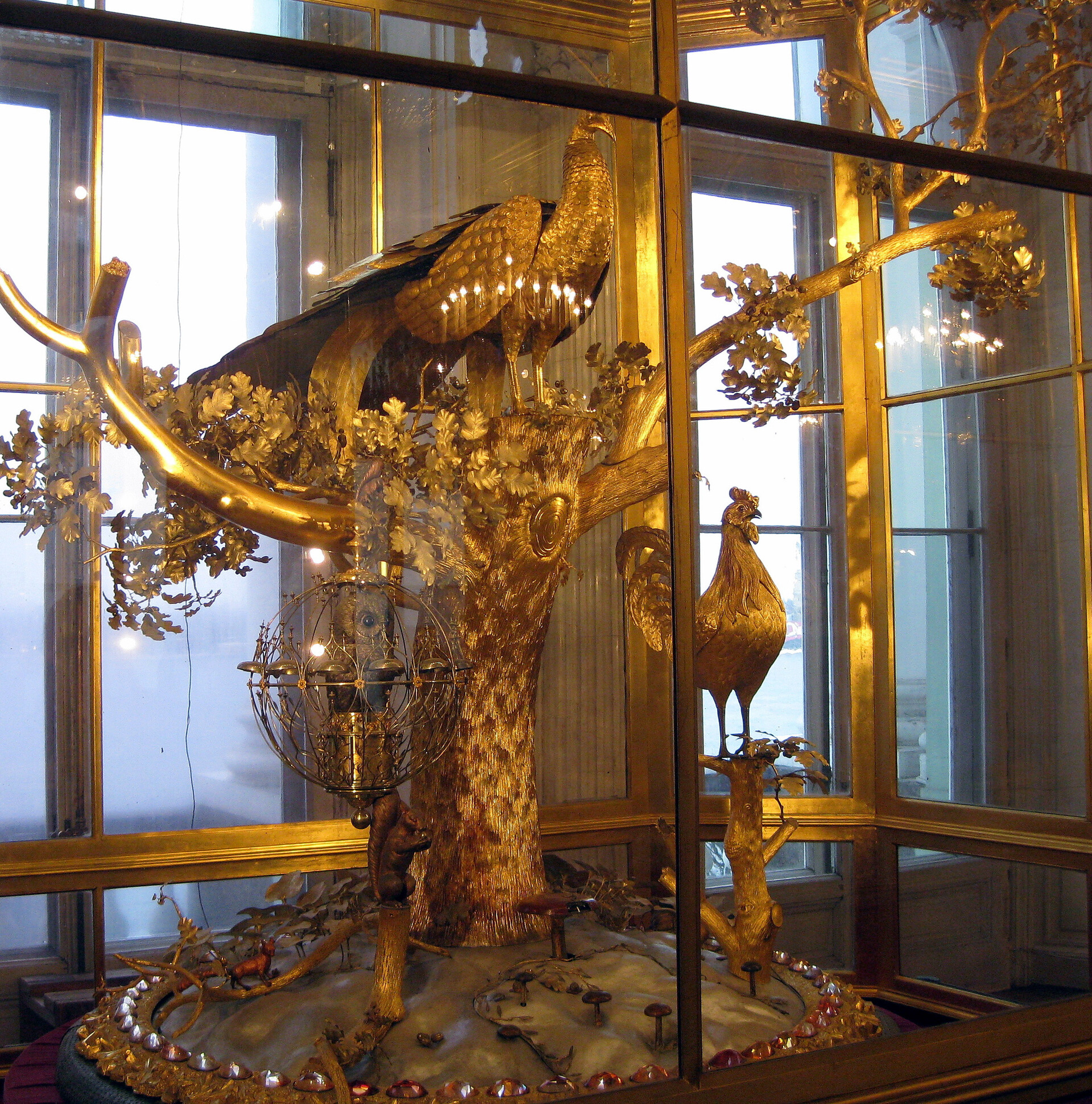
The Peacock Clock in the Pavilion Hall of the Hermitage Museum.
Antonio Zugaldia (CC BY 2.0)For his patroness, Ivan Kulibin created unbelievably complex clocks, repaired the tower clock of the Winter Palace and assembled the notorious Peacock Clock that arrived at the Russian court from England.
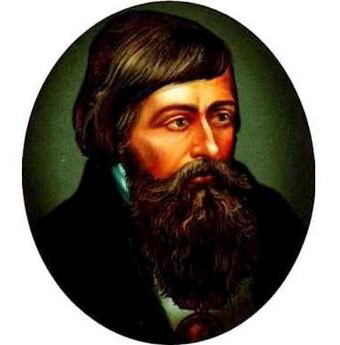
Yaroslavl clock maker Lev Nechaev had never left his hometown. But, in 1853, he traveled to St. Petersburg to present his invention at court – an astronomical clock with a perpetual calendar. The clock doesn’t only measure hours and minutes, but also shows the date and the month of the year, the time of sunrise and sunset, as well as the length of day and night.
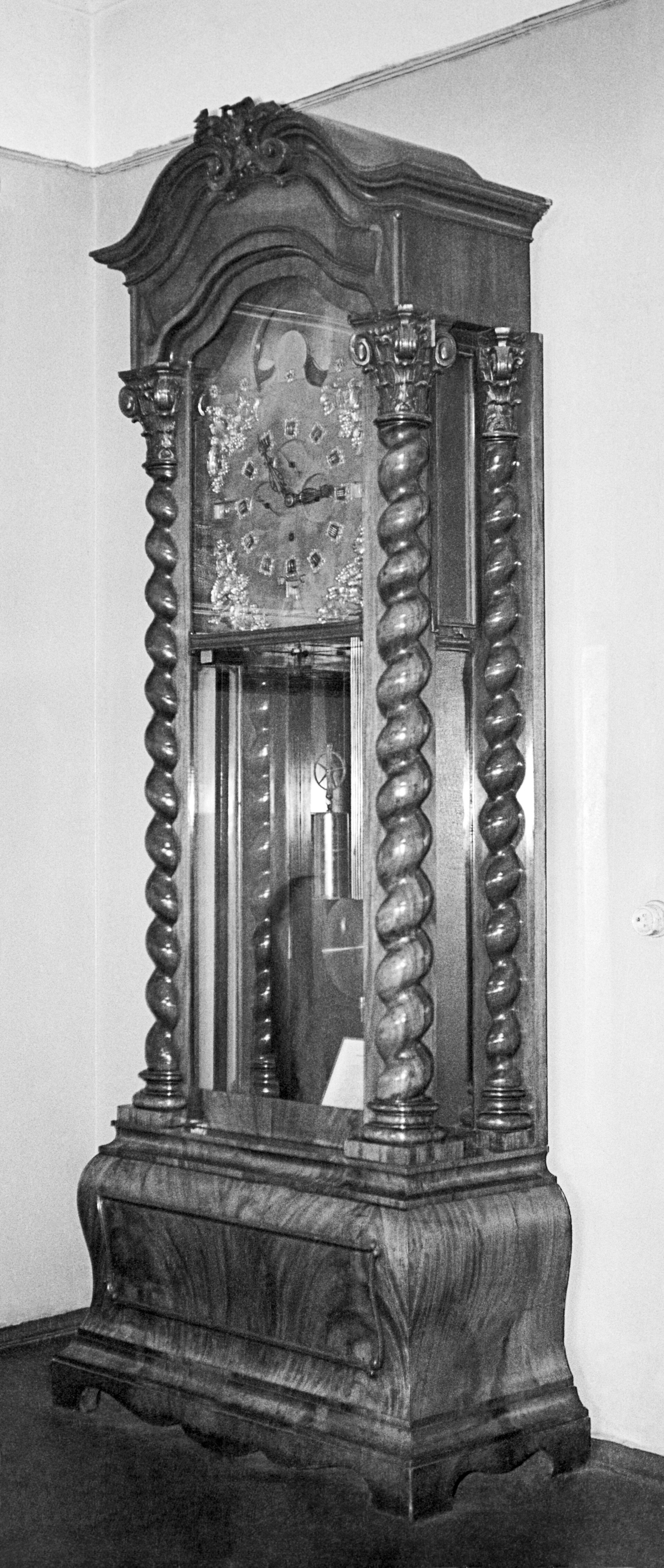
Astronomical clock.
Igor Utkin/SputnikFrom this clock, one can also learn if the current year is a gap year and what day it is. During sunrises and sunsets this clock (called ‘The Regulator’) played Russian folk melodies. The mechanic worked on this clock for 14 years. Nicholas I rewarded the inventor and the clock, encased in a rosewood box, was displayed in the Winter Palace. After the Revolution, it was exhibited at the Central Naval Museum, where it’s residing to this day.
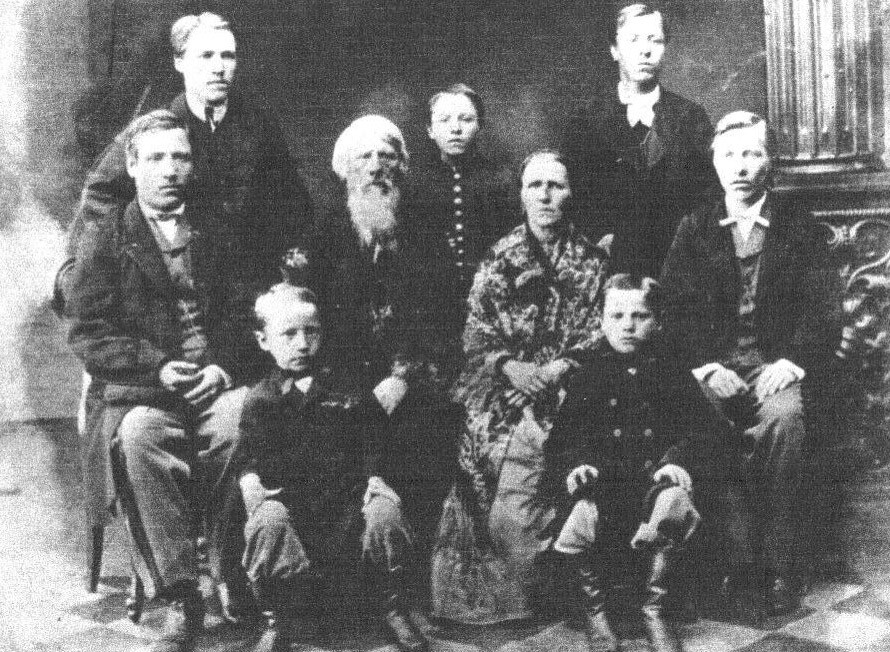
Bronnikovs dynasty.
Public domainIn 1837, Vyatka was preparing for the visit of the future Emperor, Alexander II. The best local craftsmen were invited to display their inventions at an exhibit. Turner Semyon Bronnikov, who created a pocket watch from different kinds of wood for this visit, was among them. The mechanism and the clock face were made of palm tree wood, the spring – bamboo and the clock hands, measuring the course of time – honeysuckle.
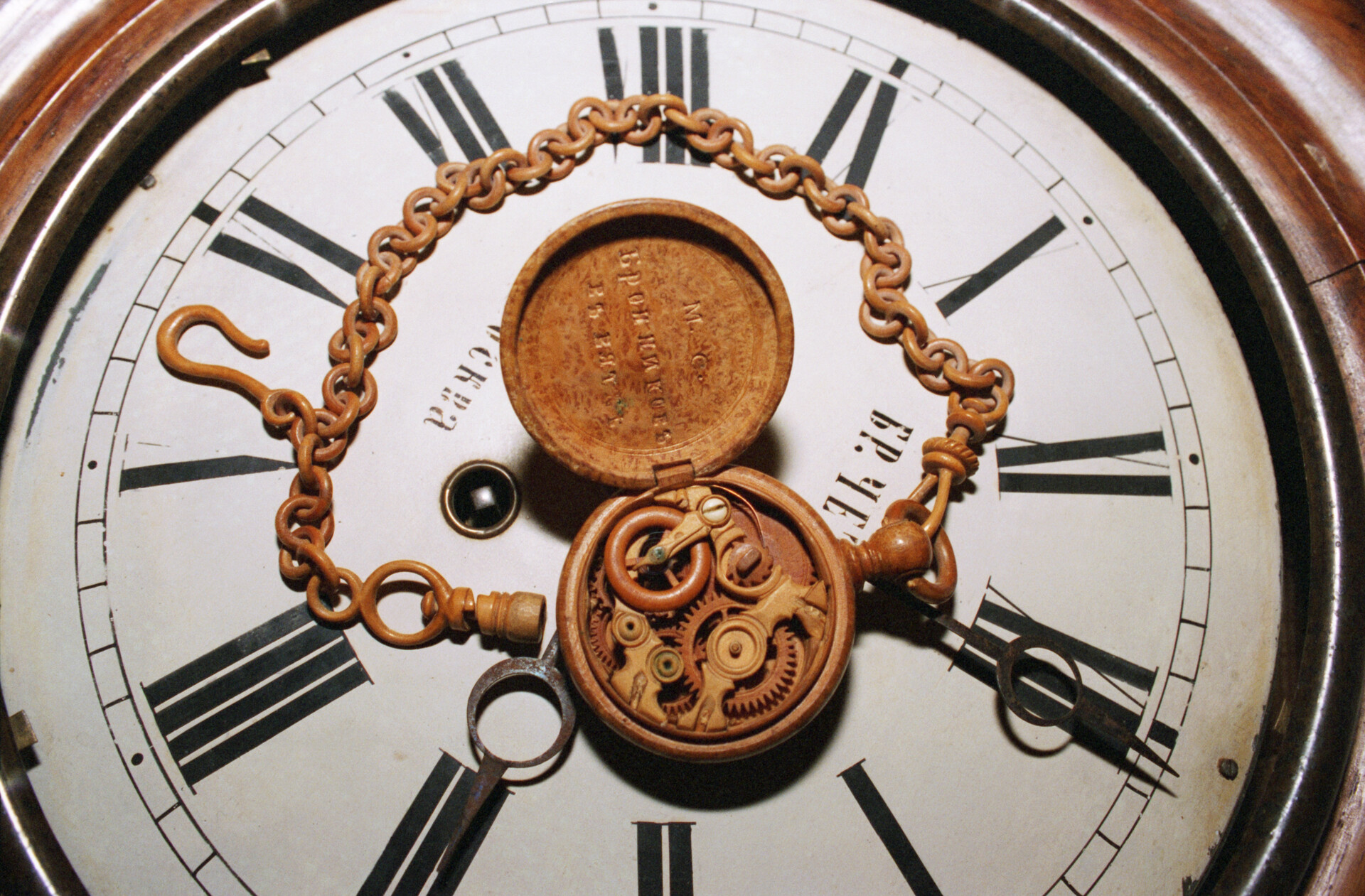
The clock case and the box for it he made from a birch burl. The tsesarevich (the Emperor’s heir) saw the clock and wished to purchase an unusual chronometer, paying seven rubles in silver. After that, orders poured on the Vyatka turner, including some orders from the tsar himself, for whom several more copies of the chronometer were made later in Vyatka.
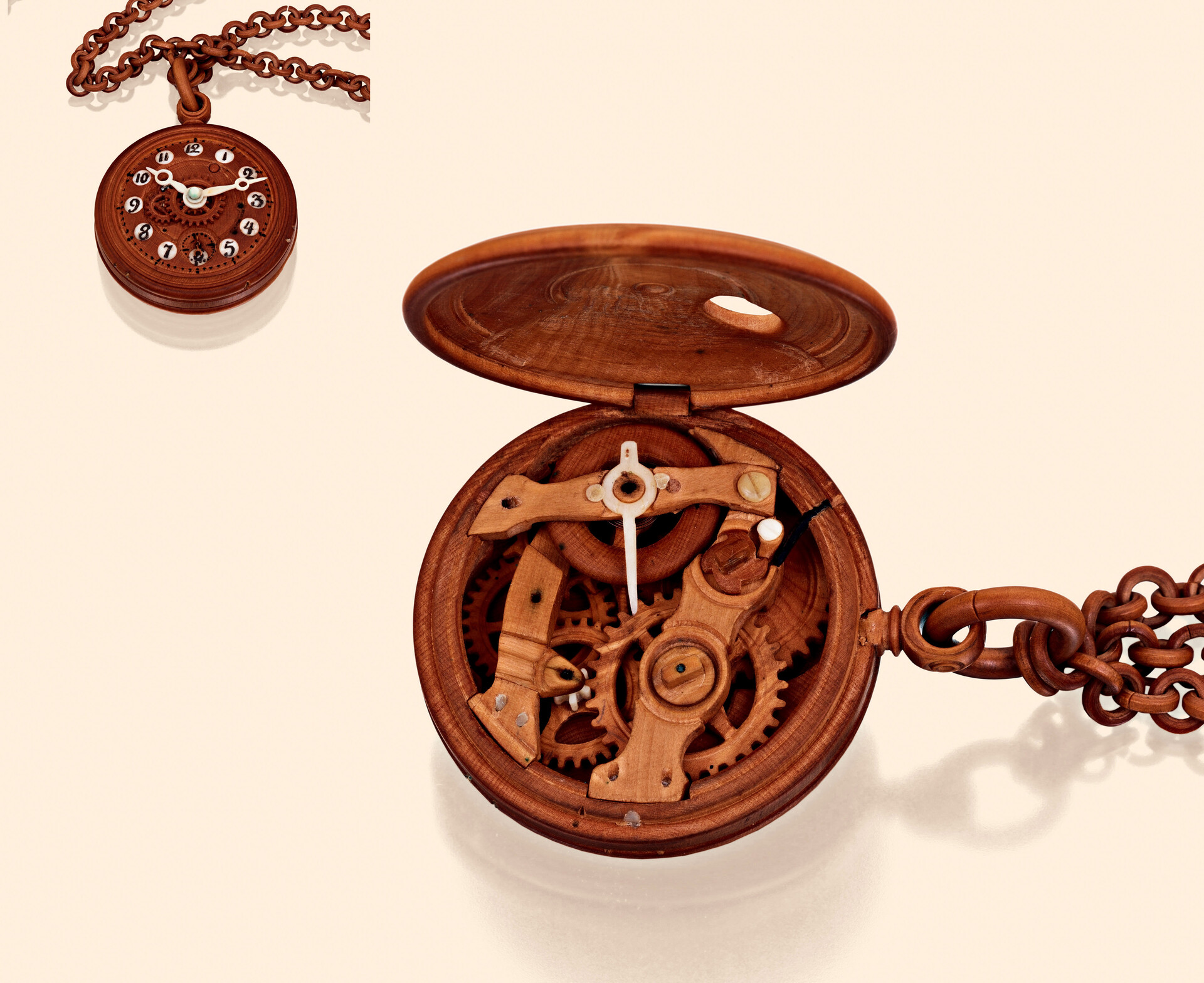
Bronnikov’s sons, Nikolai and Mikhail, followed in their father’s footsteps – they were making clocks not only from wood, but also from bone. In 1886, the family of Vyatka turners presented a clock to the future Emperor Alexander III.
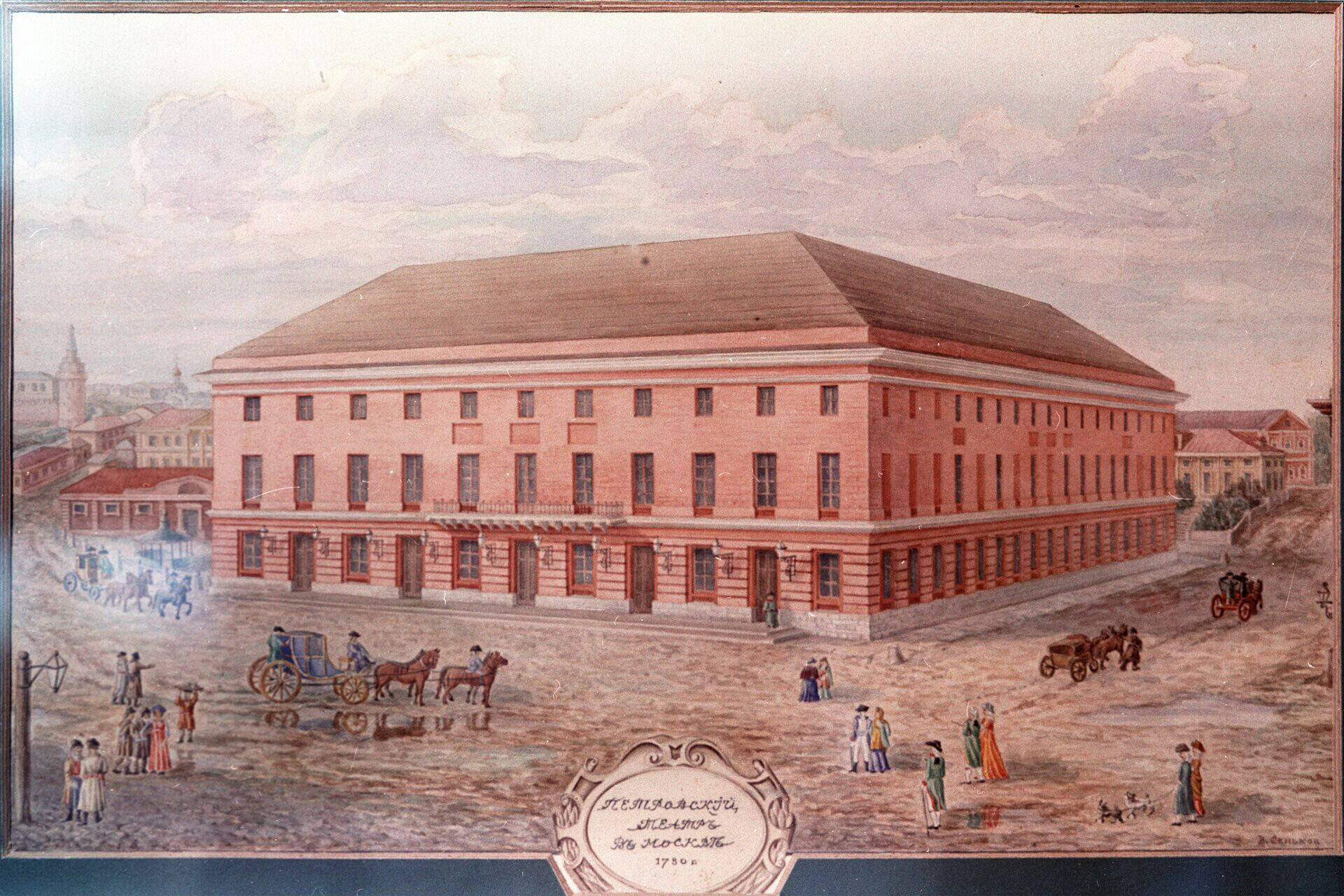
Petrovsky Theater.
Public domainEnglishman Michael Maddox led such an impressive life in Russia that it would be enough for three people. He was invited as a physics and mathematics teacher for Grand Prince Pavel Petrovich. But Maddox’s heart was not just in the exact sciences: he was also a magician and an equilibrist and even founded the first public musical theater in Moscow – the Petrovsky Theater. He also excelled in clock making, creating pocket watches and floor clocks.

‘Temple of Glory’.
Viktor Velikzhanin/TASSSpecifically for Catherine the Great he invented the ‘Temple of Glory’. Literally everything in this most complex mechanism – from the figurines to the music – was connected to the rule and the name of the Empress. Four figures on the marble base of the clock, symbolizing the parts of the world, hold a music box. Above it are three columns with eagles perched on top. In the middle is a solar disc, in the center of which a clock face is installed. Four times a day, the clock played a solemn hymn, the sashes of the musical box opened, revealing a waterfall – turning lead glass tubes created a water current effect. Maddox spent 13 long years – from 1793 to 1806 – working on this amazing mechanism. He had hoped to present it to the Empress in person but, alas, she passed away in 1796.
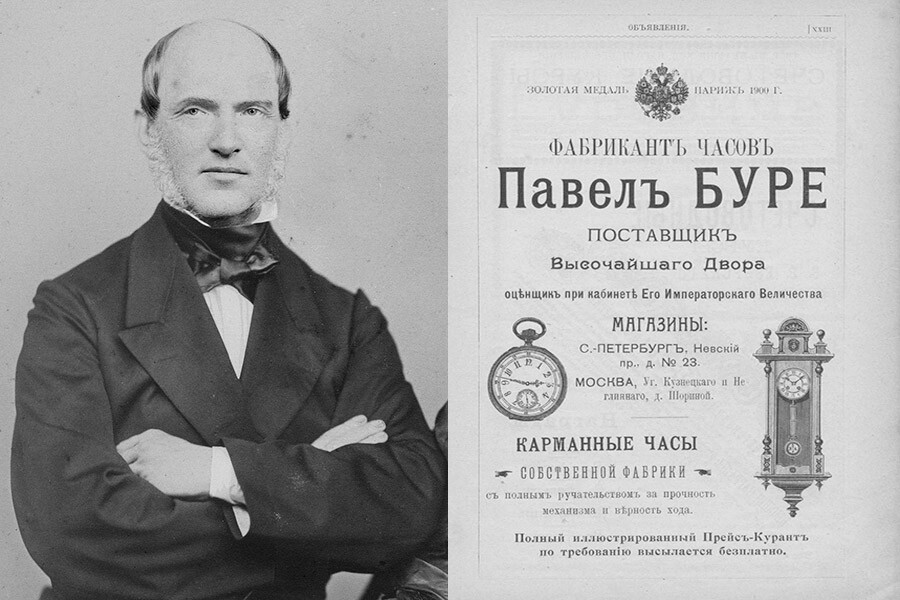
In 1815, watch maker Carl Bure arrived in St. Petersburg from Reval (now – Tallinn). His son also worked at his company. His business was so successful that Bure’s son purchased a factory in Swiss Le Locle and, several years later, became an appraiser of the Cammer department at the Emperor’s office and a Hermitage technician. At the end of the 19th century, the Bures were perhaps the most popular watchmakers in Russia. Yearly, they supplied repeaters and chronographs to the court of Alexander III for the price of no less than 60,000 rubles. In total, the company supplied the Romanovs with no less than 12,000 watches; many of them served as awards for bravery, for victories in competitions or other achievements.

A couple of Bure watches became the unwitting witnesses of the last days of Nicholas II – he took this firm’s golden and silver watches along to his Yekaterinburg exile.
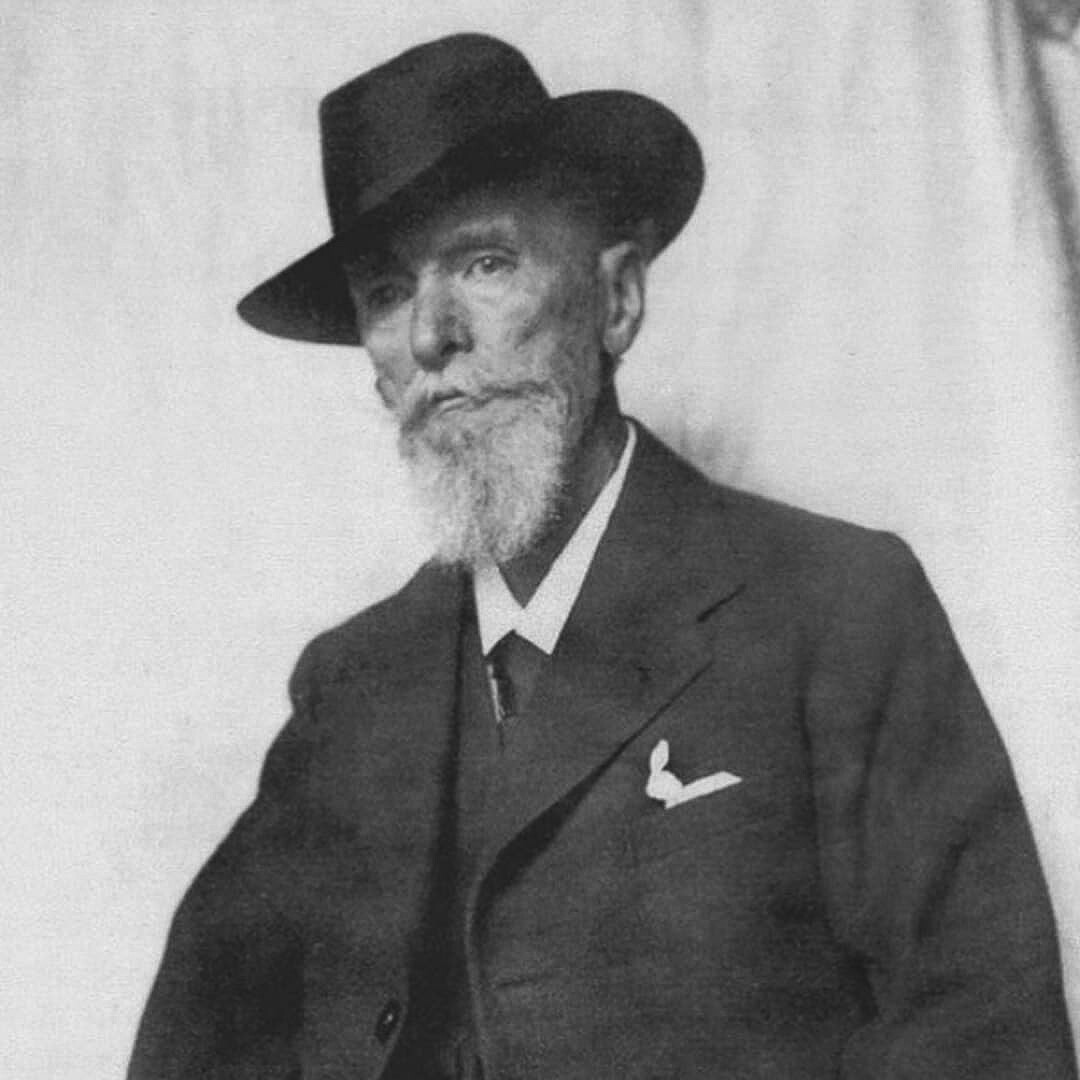
One of the most notorious Russian jewelers that has ever worked for the tsar’s family is also related to clock making. Almost all his clock works are related to the legendary Easter eggs – Fabergé’s firm created about fifty of these masterpieces, some – with clocks inside. For example, a tiny clock was hidden in a golden chariot pulled by a cherub; such was the egg commissioned by Alexander III for Empress Maria Feodorovna (it’s now considered lost).

Gift of Emperator Nicholas II to Empress Alexandra Feodorovna for Easter of 1906. Moscow, 1904-1906.
Maxim Sinelshchikov (CC BY-SA 4.0)For Easter of 1906, Nicholas II presented Alexandra Feodorovna with an egg in the shape of the Dormition Cathedral, surrounded by the towers of the Moscow Kremlin – inside, a wind-up clock and a music box were hidden. The firm also produced mantel clocks. Among their most famous ones – a monumental composition from silver for Alexander III and Empress Maria Feodorovna’s wedding anniversary.
Dear readers,
Our website and social media accounts are under threat of being restricted or banned, due to the current circumstances. So, to keep up with our latest content, simply do the following:
If using any of Russia Beyond's content, partly or in full, always provide an active hyperlink to the original material.
Subscribe
to our newsletter!
Get the week's best stories straight to your inbox